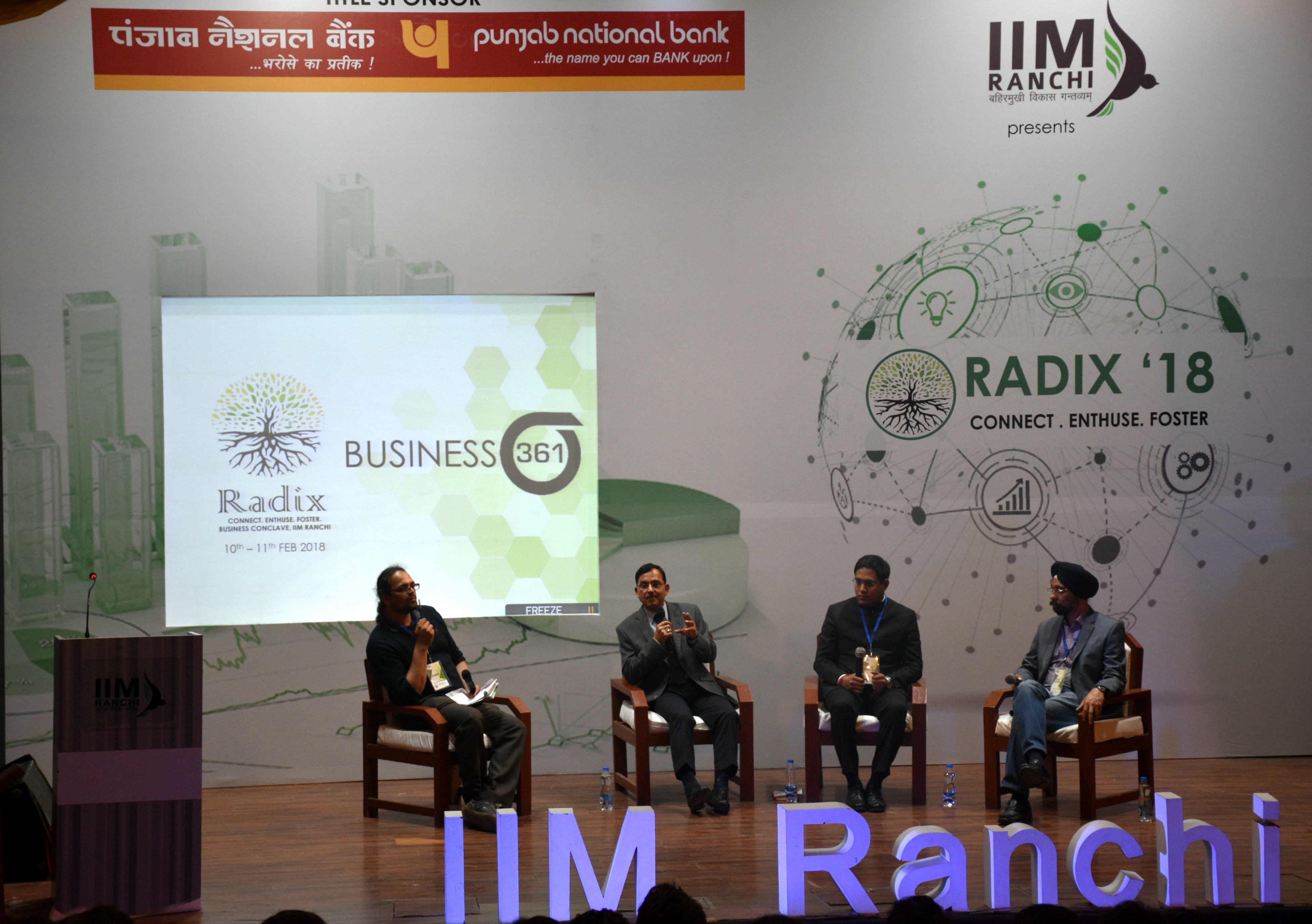 29 January 2015 :: Super Over will be played to decide in the event of a Tie in 2015 ICC World Cup Final.
29 January 2015 :: Super Over will be played to decide in the event of a Tie in 2015 ICC World Cup Final.
Super Over
A Super Over,also called an Eliminator or a one-over-per-side eliminator,is a tie-breaking method used in limited-overs cricket matches. The Super Over is a reduced version of the match that consists only of one over (six balls) and two wickets for each team. The official result of the match would be a “tie” but within the context of the tournament or series, the winning team of the “Super Over” is declared the winner of the match and the victory is seen as equivalent of one earned in a regular match. Runs scored in super overs do not count towards a player’s statistical record. The Super Over was first used in 2008 in Twenty20 cricket, replacing the bowl-out method that was previously used for breaking a tie. The Super Over is primarily used in Twenty20 cricket.
The Super Over was introduced into One Day International cricket at the 2011 Cricket World Cup knockout stage, where a game ending in a tie would have been decided via Super Over, but it was not used, as no 2011 knockout games were tied. The Super Over rule was subsequently removed before the following World Cup in 2015 and ties returned to the previous rule where, in the final, the trophy would be shared and, for other knockout stage matches, the team with the better group stage performance would advance.
Rules
The International Cricket Council state the official rules for Super Overs in the Standard Twenty20 International Match Playing Conditions, in effect from 1 October 2012. A Super Over will determine the winner of matches ending with the scores tied according to the following rules:
Weather permitting, the Super Over will commence 10 minutes after the main match.
Each team bats one over under the same restrictions as for the final over in a normal match.
The team batting second in the main match will bat first in the Super Over.
In both innings, the fielding team chooses from which end to bowl.
The loss of two wickets ends the team’s innings.
In the event of the scores being level in the Super Over, the first satisfied of the following criteria will determine the winner:
If the regular match utilised the Duckworth–Lewis method, criterion 4 immediately applies.
The team with the most number of boundaries combined from the main match and the Super Over is the winner.
The team with the most number of boundaries from the main match (that is, not including the Super Over) is the winner.
A count-back from the final ball of the Super Over shall be conducted. The team with the higher scoring delivery is the winner. If a team loses two wickets during its over, any unbowled deliveries are considered dot balls. Runs scored from illegal deliveries count towards the total for the following legal delivery.
Before 1 October 2010, Super Overs ending in a tie had the winner first decided by the number of boundary sixes the teams hit in both innings, then by the sixes hit in the main match.
This rule was applied on 5 May 2010 in a 2010 ICC Women’s World Twenty20 match between Australia and England, won by Australia by scoring more sixes in both innings. In 2014 Indian Premier League, on 29 May 2014, the match between Rajasthan Royals and Kolkata Knight Riders, the Super Over is tied, both teams scored 11 runs. The match is decided with Condition 2 mentioned above, Rajasthan Royals won the match as they had hit more boundaries than Kolkata Knight Riders.




